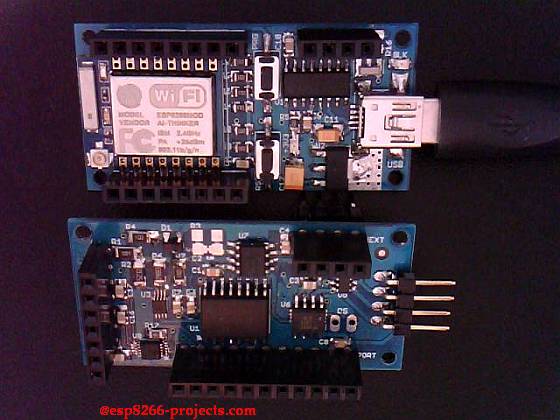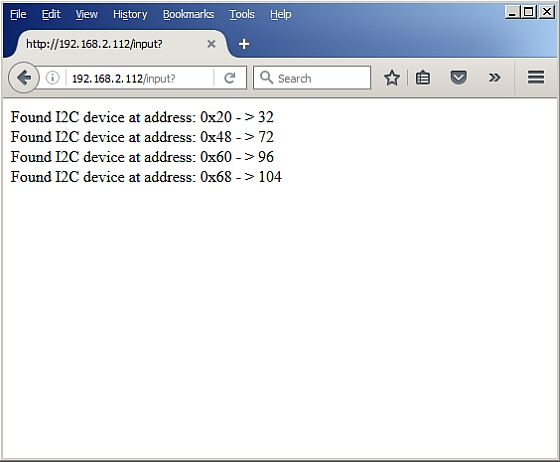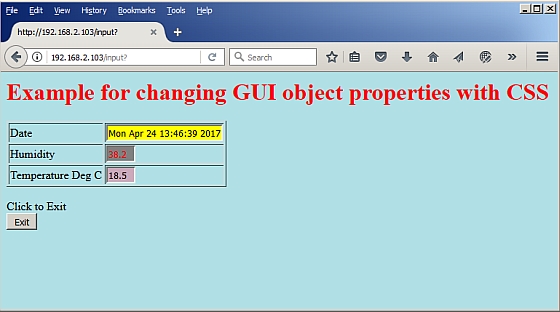UPDATE !! UPDATE !!UPDATE !!UPDATE !!
From ESPBasic Version 3.0 Alpha 43 you have also the i2c.setup function available!!
i2c.setup(): Will change the default pins for the i2c interface.
i2c.setup({SDA}, {SCL})
—————————————————————————————————-
From today I will start a new Series related with ESP Basic (www.esp8266basic.com)
When working with a lot of I2C devices one of the first thing that you need is a simple I2C scanner that can help you to identify the IC’s and do some very basic troubleshooting.
What we will need:
-
- ESP8266 nEXT EVO Board
- ESP8266 nEXT EVO – Analog Extension Board – AN1 (I2C devices onboard to test our scanner )
- For programming and uploading the driver and the software we will use ESP8266 Basic .

nEXT EVO + AN-1 extension board I2C Scanner Software:
i2c.setup(4,5) --0.43 and up! for address = 1 to 127 i2c.begin(address) stat = i2c.end() if stat < 1 then ' print stat wprint "Found I2C device at address: 0x" & hex(address) wprint " - > " & address wprint " <br>" endif next wait
As you can see, has properly detected the I2C devices that are on the AN-1 Extension board:– PCF8574 – 8Bit I/O EXT port – found at address 0x20 -> 32
– LM75 – Temperature sensor – found at address 0x48 -> 72
– MCP4728 – 4x12Bit DAC – found at address 0x60 -> 96
– MCP3421 – 18Bit ADC – found at address 0x68 -> 10
Please keep in mind that in ESP Basic you have hardcoded I2C pins yet, SDA -> GPIO0 and SCL -> GPIO2.
Don’t forget to add if needed pullup resistors on both lines, 4K7 should be OK. In case of AN-1 they are NOT needed.



